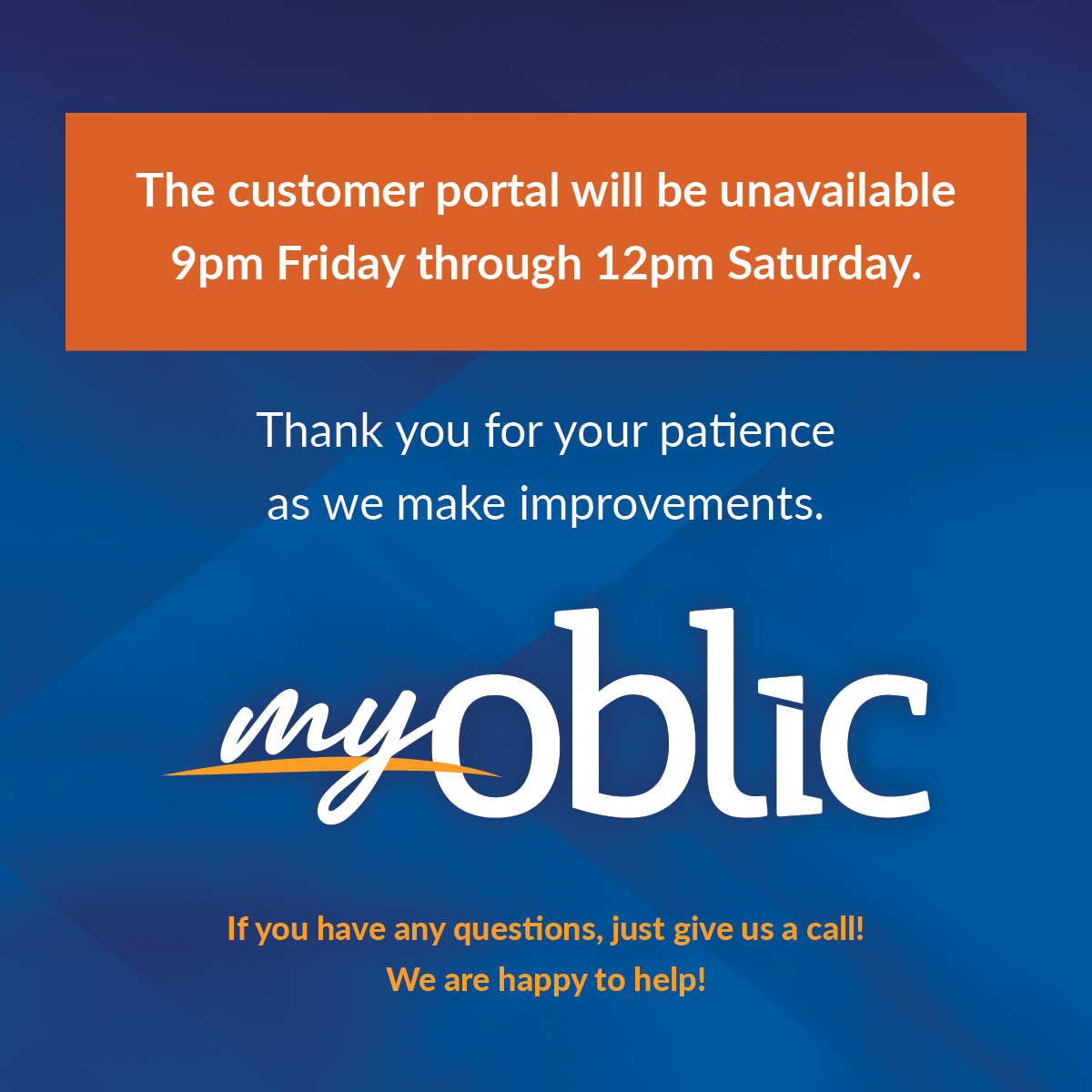Ohio Senate Bill 217: AI Regulations and Legal Implications
Ohio lawmakers introduced Senate Bill 217 in early 2024 to regulate the use of artificial intelligence, which includes a requirement for AI-generated content to contain watermarks. The bill proposes legal actions against AI programs that fail to include these watermarks or for individuals who remove them. Furthermore, the bill aims to address the creation and distribution of “simulated obscene material” by categorizing it as third-degree felonies. The initiative stems from concerns about the harmful potential of AI-generated content, especially in areas like child pornography and fraud perpetuated by deep fakes. While Sponsor of the bill Senator Louis Blessing (R – Colerain Township) believes the bill is narrowly tailored, the watermarking requirement could have implications for attorneys using generative AI tools. The bill is held in Senate Committee at the posting of this article.
ABA Formal Opinion 512: Ethical Use of Generative AI in Legal Practice
The American Bar Association’s Formal Opinion 512 addresses the ethical considerations for lawyers using generative AI (GAI) tools. The opinion emphasizes lawyers’ duty to provide competent representation, protect client information, and ensure transparency with clients regarding the use of AI tools. Lawyers are urged to gain a reasonable understanding of the capabilities and limitations of GAI tools and to remain vigilant about their evolving nature.
The opinion outlines several key ethical responsibilities, many of which have been identified in prior ethics opinions on the same topic:
- Competence: Lawyers must have a sufficient understanding of how GAI tools operate to use them effectively and responsibly in their practice. This includes knowing the tool’s limitations and potential biases.
- Confidentiality: Protecting client information is paramount. Lawyers should be cautious about the data input into AI tools and ensure that any use of AI complies with confidentiality obligations.
- Informed Consent: Clients must be informed about the use of AI tools in their cases. Lawyers should explain the benefits and risks associated with AI, allowing clients to make informed decisions.
- Verification: Lawyers should independently verify AI-generated content. Reliance on AI should not replace the lawyer’s own judgment and thoroughness in case preparation and analysis.
- Supervision: Lawyers must properly supervise nonlawyer assistants who use AI tools to ensure compliance with ethical standards. Lawyers with managerial roles should establish clear policies on use of generative AI.
- Fees: When billing for services involving AI tools, lawyers should ensure that the fees are reasonable and reflect the actual value provided to the client.
The ABA’s guidance underscores the dynamic nature of AI technology and the continuous need for legal professionals to adapt their practices to maintain ethical standards.
Court Rules and Standing Orders
In response to the increasing use of generative AI by legal professionals, local courts and judges have begun to implement specific rules and standing orders to govern the submission of AI-generated content in legal proceedings. These rules aim to ensure that the integration of AI tools upholds the integrity of the judicial process and maintains high ethical standards within the legal profession. Judges are particularly concerned with the accuracy, reliability, and originality of AI-generated submissions.
Some courts have established a requirement for disclosure of AI use in legal documents. Lawyers must transparently inform the court when AI tools have been employed in drafting or analyzing submissions. Furthermore, there are directives emphasizing the need for attorneys to vet AI-produced content rigorously, ensuring it meets the same standards as traditionally prepared documents. Any AI-generated material that fails to adhere to these standards by including the required certification can be subject to sanctions.
At least a handful of federal district court judges have adopted standing orders that outright prohibit the use of generative AI in court filings. These orders typically mandate that all documents be prepared solely by human authors without the assistance of AI tools. The intent behind these prohibitions is to preserve the credibility of legal documents and to prevent the potential misuse of AI technologies that might lead to inaccuracies or ethical breaches. By imposing these restrictions, courts aim to prevent that the judicial process remains uncompromised. These emerging rules reflect a broader effort to balance technological advancements with the foundational principles of the legal system.
Landscape of Local Court Rules and Standing Orders (Non-Exhaustive)
Disclosure of AI Use / Certification as to Human Oversight:
|
Prohibit Use of Generative AI:
|
By staying informed and vigilant, Ohio attorneys can effectively integrate AI tools into their practice while upholding their professional responsibilities.
OBLIC offers a sample Model AI Use Policy available to insured attorneys as a starting point for firms to develop internal controls on the use of generative AI tools. Don’t hesitate to contact OBLIC with questions or for further support in this emerging area.
| Gretchen K. Mote, Esq. Director of Loss Prevention Ohio Bar Liability Insurance Co. Direct: 614.572.0620 [email protected] |
Merisa K. Bowers, Esq. Loss Prevention Counsel Ohio Bar Liability Insurance Co. Direct: 614.859.2978 [email protected] |
This information is made available solely for loss prevention purposes, which may include claim prevention techniques designed to minimize the likelihood of incurring a claim for legal malpractice. This information does not establish, report, or create the standard of care for attorneys. The material is not a complete analysis of the topic and should not be construed as providing legal advice. Please conduct your own appropriate legal research in this area. If you have questions about this email’s content and are an OBLIC policyholder, please contact us using the information above.


